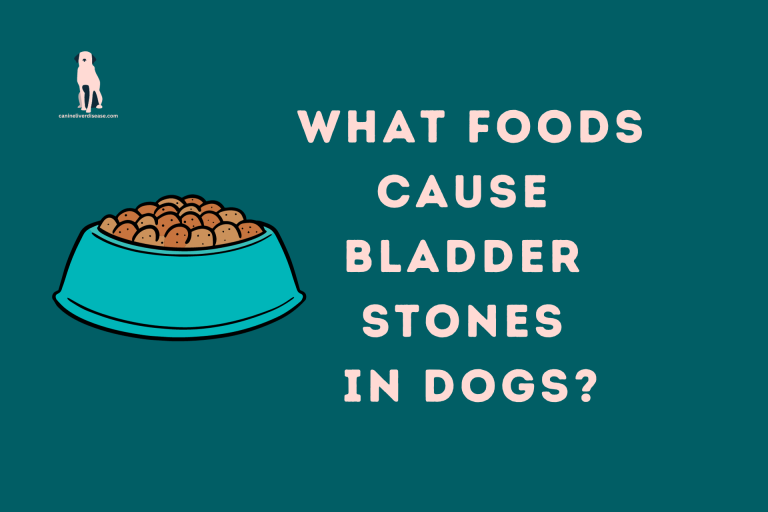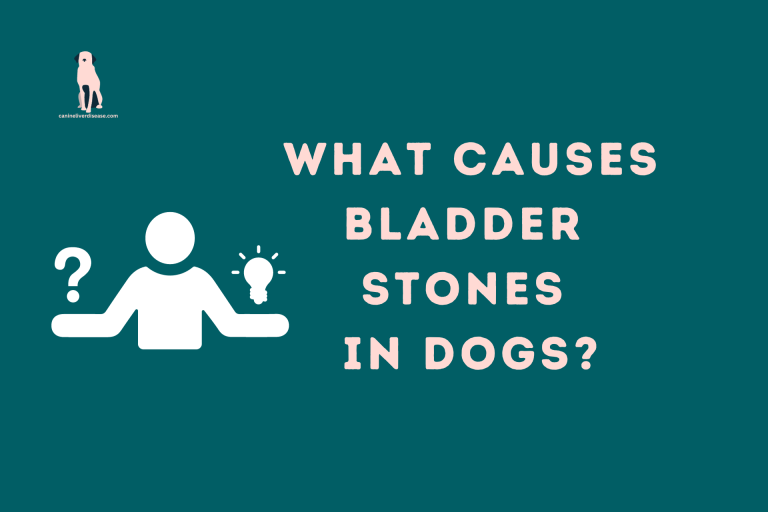Bladder Stone Surgery in Dogs: Symptoms, Treatment, and Recovery
If you’re a dog owner, you know that our furry companions can face various health challenges, and one of them is bladder stones. Bladder stones, also known as canine urolithiasis, can cause discomfort and serious health issues for your beloved pet. In this article, we’ll explore what bladder stones are, their symptoms, the surgical procedure known as cystotomy, potential side effects, recovery time, costs involved, and the success rate of this treatment. Let’s dive in!
What Are Bladder Stones?
Bladder stones are small, hard mineral deposits that form in your dog’s bladder. These stones can be composed of different materials, with calcium oxalate and struvite stones being the most common types. The formation of these stones is often linked to factors like diet, urinary tract infections, or genetics.
Symptoms of Bladder Stones
Detecting bladder stones early is crucial for your dog’s well-being. Watch out for these common symptoms:
- Frequent Urination: Your dog may need to urinate more often than usual.
- Pain or Discomfort: They may show signs of discomfort while urinating, including whining or whimpering.
- Blood in Urine: If you notice pink or bloody urine, it’s a sign of trouble.
- Straining to Urinate: Your dog might struggle or strain while trying to urinate.
- Lethargy and Loss of Appetite: Bladder stones can make your dog feel unwell, leading to reduced energy and appetite.
Types of Bladder Stones:
- Calcium Oxalate Stones: These are the most common type in dogs. They are hard and can be challenging to dissolve with diet alone.
- Struvite Stones: These tend to form in response to urinary tract infections and can grow rapidly.
- Others: Less common types include urate stones and cystine stones.
Cystotomy: The Surgical Solution
When bladder stones are diagnosed, your veterinarian may recommend a surgical procedure called cystotomy. During cystotomy, the stones are removed from your dog’s bladder. The procedure is performed under anesthesia to ensure your dog doesn’t experience any pain or discomfort. It’s essential to trust your veterinarian’s expertise in this delicate surgery.
Anesthesia and Safety:
Before surgery, dogs are placed under general anesthesia to ensure they are comfortable and pain-free during the procedure. Veterinary teams monitor their vital signs closely to ensure a safe surgery.
Post-Operative Care:
After bladder stone surgery, proper care is essential for a smooth recovery. This includes pain management, monitoring for signs of infection, and a special diet to prevent stone recurrence.
Recurrence Prevention:
Preventing future bladder stones is crucial. It often involves dietary changes, increased water intake, and regular check-ups with your veterinarian. Your vet can recommend a diet tailored to your dog’s specific needs.
Potential Side Effects
While cystotomy is generally considered safe, some potential side effects and risks include:
Anesthesia Risks: Like any surgical procedure, anesthesia carries some risks. Your veterinarian will evaluate your dog’s health before proceeding.
Infection: There’s a small risk of post-operative infection, which can usually be managed with antibiotics.
Urinary Incontinence: In some cases, dogs may experience temporary urinary incontinence after surgery.
Recovery Time
The recovery time for bladder stone surgery can vary based on your dog’s overall health and the extent of the procedure. Typically, dogs will need a few days to recover fully. Your veterinarian will provide post-operative care instructions to ensure a smooth healing process.
Cost Considerations
While providing an exact cost can be challenging due to the myriad of influencing factors, it’s helpful to provide a rough estimate. On average, bladder stone surgery for dogs can range from approximately $800 to $2,500 or even more. However, remember that this range can extend in either direction based on the aforementioned factors.
Success Rate
The success rate of bladder stone surgery is generally high. Most dogs experience significant relief from their symptoms after the procedure. However, it’s crucial to follow your veterinarian’s recommendations for post-operative care and recurrence prevention.
Conclusion
Bladder stones in dogs can be a painful and distressing condition, but with timely diagnosis and appropriate treatment, your furry friend can enjoy a happy and healthy life. If you suspect your dog may have bladder stones, consult your veterinarian for a proper evaluation and guidance. Remember, your dog’s well-being is a top priority, and with the right care, they can recover and thrive.
Don’t hesitate to reach out to your veterinarian if you have concerns about your dog’s urinary health. Regular check-ups and a balanced diet can go a long way in preventing bladder stones and ensuring your furry companion’s well-being. Your dog’s health is worth it!
FAQs
Q1: Can bladder stones be prevented in dogs?
A: Yes, in many cases, bladder stones can be prevented through a combination of proper diet, hydration, and regular veterinary check-ups.
Q2: Are bladder stones common in certain breeds?
A: Some dog breeds are more prone to bladder stones, including Dalmatians, Bichon Frises, and Miniature Schnauzers.
Q3: What should I feed my dog to prevent bladder stones?
A: Your veterinarian can recommend a suitable diet based on your dog’s specific needs and the type of stones they are prone to forming.







